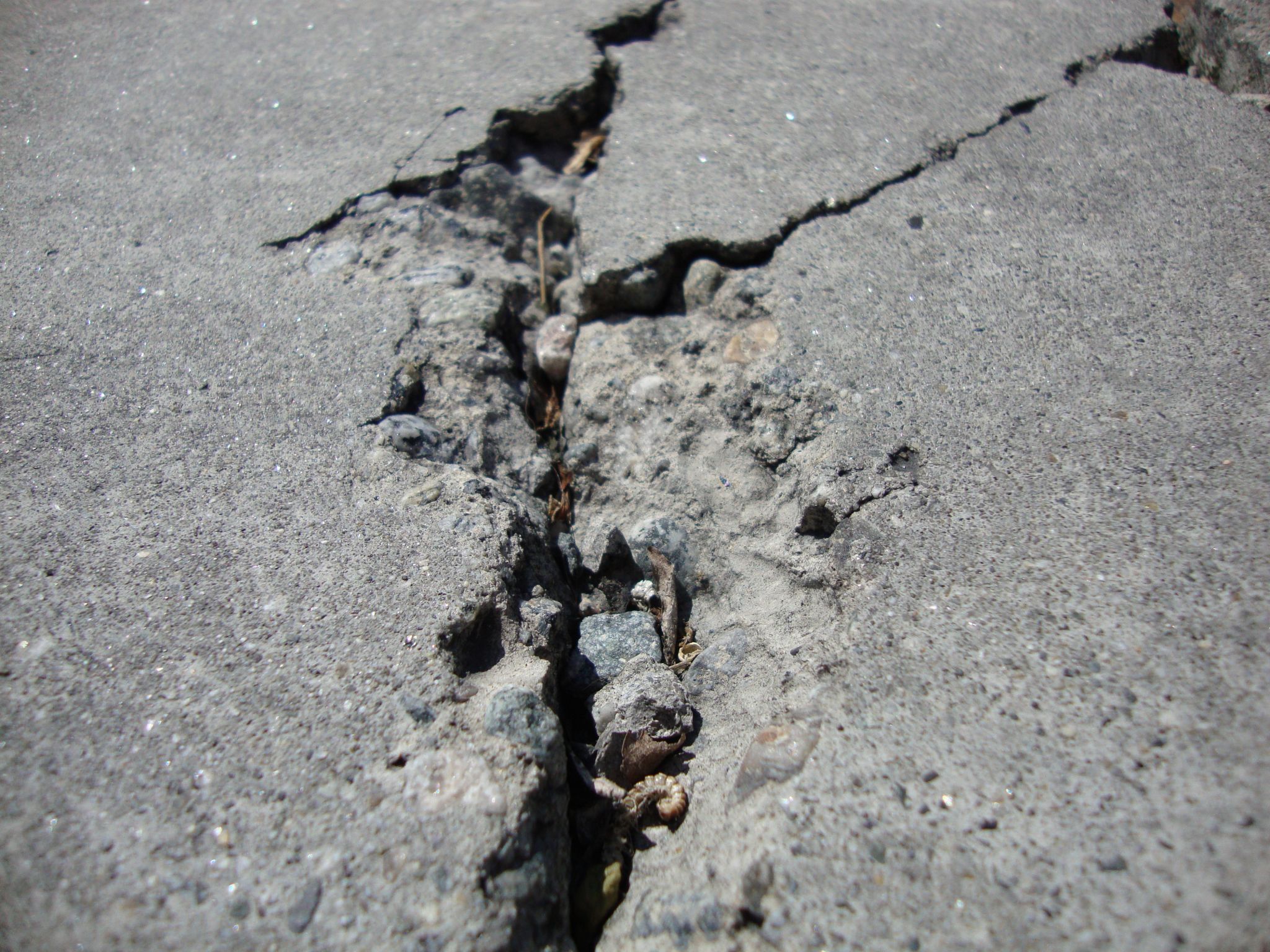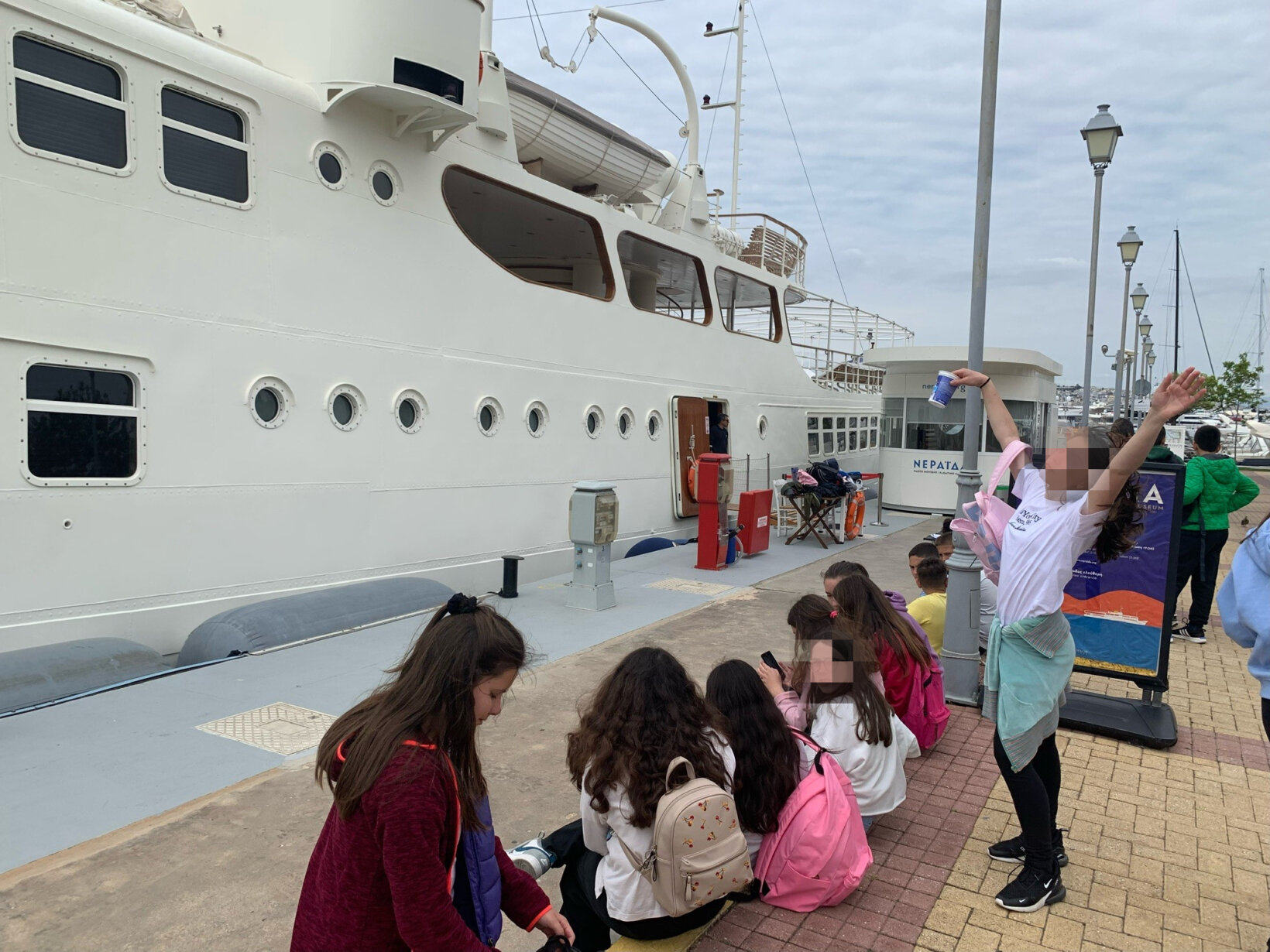The Brooklyn Bridge: A Critical Evaluation Of Its Construction And Durability

Table of Contents
The Engineering Marvel of the Brooklyn Bridge Construction
The construction of the Brooklyn Bridge was a monumental undertaking, pushing the boundaries of engineering and construction technology at the time. Its success is a testament to the vision and perseverance of its creators and workers.
Innovative Design and Materials
John A. Roebling's innovative design was crucial to the bridge's success. His revolutionary use of steel wire cables, a departure from previous bridge designs that relied on chains, provided unparalleled strength and flexibility. The selection of materials was equally crucial.
- Steel: The high-tensile steel used in the cables was a relatively new material, and its strength was a key factor in the bridge's ability to span such a vast distance.
- Stone: The granite and limestone used in the towers and approaches were chosen for their durability and ability to withstand weathering and the immense weight of the structure. The careful selection ensured longevity and aesthetic appeal.
- Foundation: The immense weight of the bridge necessitated a strong and stable foundation. The challenges of building in the East River, with its strong currents and unpredictable seabed, were overcome through innovative foundation techniques.
Overcoming Construction Challenges
The construction of the Brooklyn Bridge was fraught with challenges, not least the tragic death of John A. Roebling early in the project. His son, Washington Roebling, took over, but was later incapacitated by caisson disease ("the bends"). Remarkably, Washington's wife, Emily Warren Roebling, stepped in, applying her engineering knowledge to oversee the project's completion.
- Pneumatic Caissons: The use of pneumatic caissons to build the foundations presented significant dangers to the workers, resulting in numerous cases of caisson disease.
- River Currents and Weather: The strong currents of the East River and unpredictable weather conditions posed constant challenges to the construction process.
- Logistical Challenges: Transporting vast quantities of materials and managing a large workforce across the river were significant logistical hurdles.
The construction presented numerous significant challenges:
- Difficult underwater foundation work.
- Managing a massive workforce.
- Unexpected weather delays.
- Dealing with the disease affecting workers in the pressurized caissons.
The Brooklyn Bridge's Durability and Ongoing Maintenance
The Brooklyn Bridge's continued existence after more than 140 years is a testament to both the quality of its original construction and the ongoing efforts to maintain it.
Materials Selection and Longevity
The longevity of the Brooklyn Bridge is largely attributed to the careful selection of high-quality materials and the innovative design.
- Steel Cables: The steel wire cables, despite exposure to the elements, have proven remarkably durable, showing minimal signs of significant corrosion. Regular inspections and preventative maintenance have helped to prolong their lifespan.
- Weather Resistance: The bridge has withstood numerous severe weather events, including hurricanes and blizzards, demonstrating its inherent strength and resilience.
- Original Design Features: The design features incorporated by Roebling, such as the suspension system and the use of flexible cables, have allowed the bridge to adapt to stresses and strains over time.
Regular Inspection and Repair
Maintaining the structural integrity of the Brooklyn Bridge requires a comprehensive and ongoing maintenance program.
- Regular Inspections: The bridge undergoes regular inspections using advanced technologies to detect any signs of deterioration or damage.
- Modern Repair Techniques: Modern repair techniques, using advanced materials and technologies, are employed to address any issues promptly.
- Economic and Social Benefits: Preserving this iconic landmark is not just about historical significance; it also has significant economic and social benefits for New York City.
- Key Maintenance Milestones: Throughout its history, the Brooklyn Bridge has undergone several major repair and restoration projects, ensuring its continued functionality and aesthetic appeal. These include cable replacements, painting, and structural reinforcement.
Conclusion
The Brooklyn Bridge, a masterpiece of engineering and a symbol of human resilience, stands as a testament to its robust construction and effective ongoing maintenance. From its innovative design using steel wire cables to its regular inspections and repairs, the bridge’s remarkable durability is a result of meticulous planning, innovative solutions to construction challenges, and the ongoing commitment to preservation. Exploring the Brooklyn Bridge's construction and its enduring strength provides invaluable lessons in engineering, project management, and the importance of maintaining our historical infrastructure. To further understand this iconic structure, delve deeper into the history and engineering of the Brooklyn Bridge and discover more about its ongoing preservation efforts.

Featured Posts
-
 O Kasselakis Kai To Mellon Tis Ellinikis Naytilias Prokliseis Kai Eykairies
May 18, 2025
O Kasselakis Kai To Mellon Tis Ellinikis Naytilias Prokliseis Kai Eykairies
May 18, 2025 -
 Uncovering The Countrys Best New Business Locations
May 18, 2025
Uncovering The Countrys Best New Business Locations
May 18, 2025 -
 Can Carneys Cabinet Deliver A Critical Assessment By Gary Mar
May 18, 2025
Can Carneys Cabinet Deliver A Critical Assessment By Gary Mar
May 18, 2025 -
 Daily Lotto Results Sunday 27th April 2025
May 18, 2025
Daily Lotto Results Sunday 27th April 2025
May 18, 2025 -
 Gold Price Drop Profit Taking And Us China Trade Deal Optimism
May 18, 2025
Gold Price Drop Profit Taking And Us China Trade Deal Optimism
May 18, 2025
Latest Posts
-
 Tuerkiye Israil Gerilimi Abd Li Dergi Kritik Bir Doeneme Isaret Etti
May 18, 2025
Tuerkiye Israil Gerilimi Abd Li Dergi Kritik Bir Doeneme Isaret Etti
May 18, 2025 -
 Erdogan Ve Netanyahu Nun Karsilasmasi Abd Li Dergi Suriye Deki Gerilimi Degerlendirdi
May 18, 2025
Erdogan Ve Netanyahu Nun Karsilasmasi Abd Li Dergi Suriye Deki Gerilimi Degerlendirdi
May 18, 2025 -
 Suriye De Tuerkiye Israil Catismasi Abd Li Dergi Nin Carpici Analizi
May 18, 2025
Suriye De Tuerkiye Israil Catismasi Abd Li Dergi Nin Carpici Analizi
May 18, 2025 -
 Infografis Solusi Dua Negara Israel Palestina Pandangan Pbb Dan Posisi Indonesia
May 18, 2025
Infografis Solusi Dua Negara Israel Palestina Pandangan Pbb Dan Posisi Indonesia
May 18, 2025 -
 Film No Other Land Raih Oscar Cerminan Konflik Palestina Israel
May 18, 2025
Film No Other Land Raih Oscar Cerminan Konflik Palestina Israel
May 18, 2025
